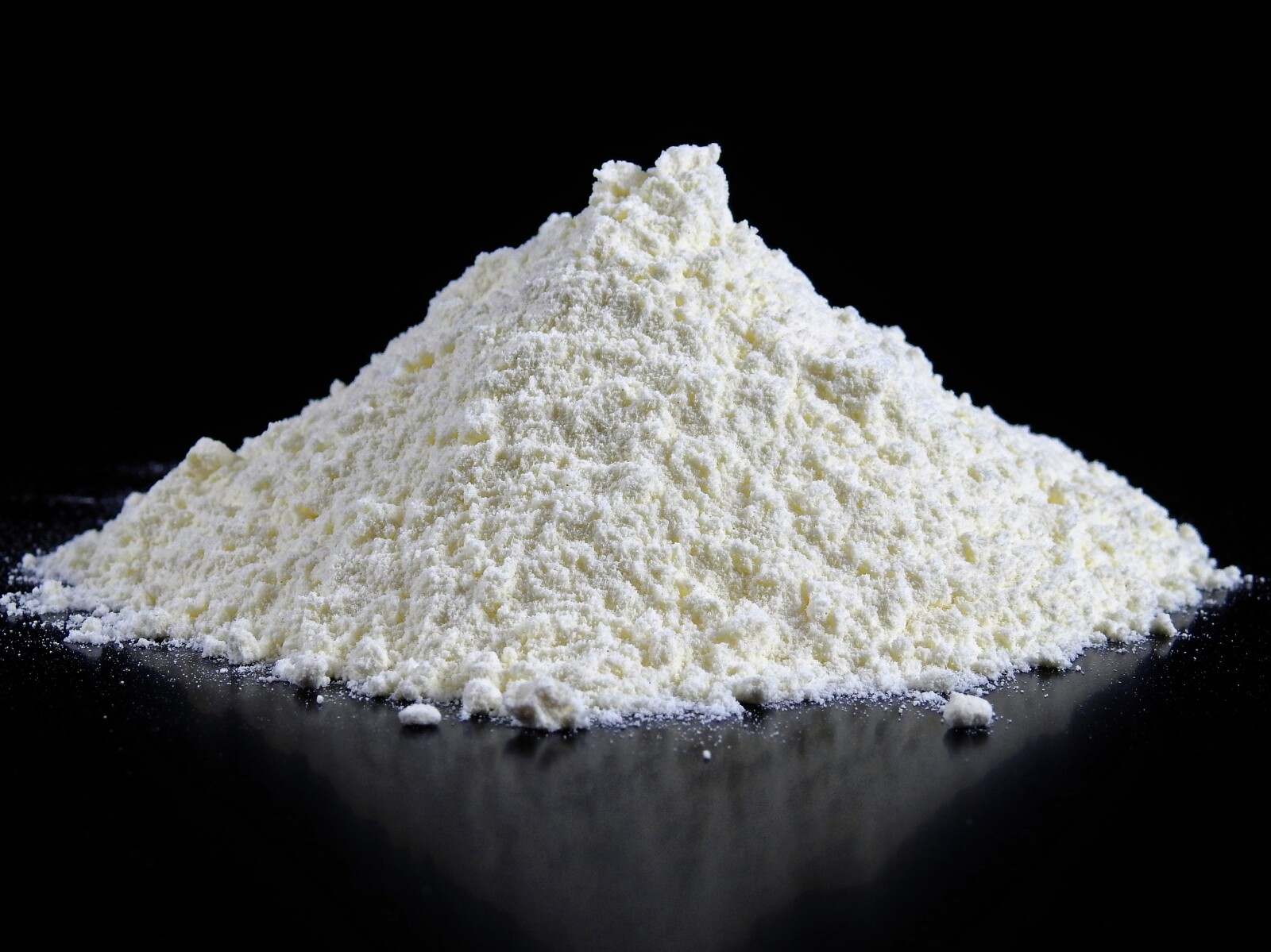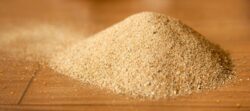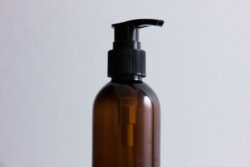Talcum Powder
This article scrutinizes talcum powder, a common component in various consumer products. While talc, the primary ingredient, is known for its absorbent qualities, it has also been linked to health concerns due to potential asbestos contamination. We explore the composition, uses, and health risks of talc, discuss regulatory measures, and delve into safer alternatives, underscoring the importance of informed consumer choices amidst potential health risks.

Understanding the Composition and Uses of Talcum Powder
A significant proportion of personal care products on the market today utilize talcum powder, a naturally occurring mineral composed primarily of magnesium, silica, and oxygen, due to its unique softening properties and ability to retain fragrances. However, talcum powder's impact on the environment is increasingly becoming a concern due to mining practices and waste disposal. Historically, talcum powder has been culturally significant across numerous societies, utilized for hygiene and ceremonial purposes. Its use dates back to ancient Egypt and its continued popularity has seen it employed in a range of applications, from cosmetics to ceramics. Despite its advantageous properties, the environmental implications and potential health risks associated with talcum powder necessitate careful consideration and responsible usage.
Regulatory Bodies and Safety Measures Concerning Talcum Powder
How do regulatory bodies oversee the production and usage of talcum powder, and what safety measures are implemented to protect consumers from potential health hazards associated with its use? Several regulatory bodies, such as the U.S. Food and Drug Administration (FDA) and the Cosmetic Ingredient Review (CIR), play a significant role in the oversight of talcum powder, particularly in its role in cosmetic industry regulations. Strict safety measures are in place to ensure the product's safety, including monitoring and testing for the presence of asbestos, a known carcinogen. There is also growing concern over the impact of talcum powder on the environment, with studies exploring its effects on air and water quality, leading to calls for more sustainable, talc-free alternatives.
Health Risks Associated With Talcum Powder Use
Undeniably, prolonged and regular use of talcum powder has been associated with a number of health risks, including but not limited to respiratory issues and certain types of cancer. When inhaled, talcum powder can cause respiratory issues due to the fine particles lodging in the lungs, causing inflammation and resulting in conditions like talcosis. Additionally, a significant concern is the relationship between talcum powder and ovarian cancer. Several studies have indicated that the frequent use of talcum powder in the genital area by women may increase the risk of developing ovarian cancer. This is believed to occur when the powder particles ascend the genital tract, causing inflammation that leads to the formation of cancerous cells. It remains crucial to consider these risks before using talcum powder.
Mitigating Talcum Powder Exposure and Exploring Alternatives
'Where can one turn to mitigate exposure to talcum powder and what safe, effective alternatives are available in the market?' As consumers become more aware of the potential carcinogenic effects of talcum powder, they are seeking safer alternatives. Cornstarch-based powders are a popular choice, as they offer similar benefits to talc without the associated risks. Other alternatives include powders made from oat flour or baking soda. The importance of ingredient transparency in talcum powder products cannot be overstated. Companies must ensure that consumers have access to detailed information about the ingredients used in their products. This will empower individuals to make informed decisions about their health and limit their exposure to potentially harmful substances.
Essential Resources and Recommendations for Talcum Powder Users
Navigating the myriad of information available on talcum powder usage can be challenging, hence, this section aims to provide essential resources and recommendations for current and potential talcum powder users. Amid talcum powder safety concerns, it is advisable to stay informed through trusted health and regulatory bodies like the FDA and the American Cancer Society. These organizations regularly release updates on talcum powder and cancer risk. Additionally, consider alternatives to talcum powder, such as cornstarch-based powders. Reading and understanding product labels is essential for making safe choices. Finally, consult healthcare professionals for personalized advice. Ensuring safety while using talcum powder requires vigilance and access to accurate, up-to-date information.
Frequently Asked Questions
How Is Talcum Powder Made and What Is Its Primary Mineral Composition?”
Talcum powder is made by finely grinding the mineral talc, which primarily consists of magnesium, silica, and oxygen. The extraction process of this mineral significantly impacts the talcum industry, shaping its production and usage.
Has the FDA Issued Any Warnings or Restrictions on the Use of Talcum Powder?”
Yes, the FDA has issued warnings about potential asbestos contamination in talcum powder. However, there are no specific FDA regulations or recalls involving talcum powder. The safety of talcum powder remains under review.
What Are the Most Common Health Problems Linked to Long-Term Use of Talcum Powder?”
Long-term use of certain products has been associated with various health issues. The most common problems include increased ovarian cancer risks and respiratory complications, often due to chronic inhalation and intimate application of the product.
What Are the Recommended Alternatives to Talcum Powder for Baby Care and Personal Hygiene?”
For baby care and personal hygiene, alternatives to talcum powder include natural moisturizers and organic powders. Options include cornstarch-based powders, Burt's Bees Baby Dusting Powder, or Era Organics Talc Free Baby Dusting Powder.
Are There Any Online Resources or Databases That Provide Detailed Information About the Safety of Talcum Powder?”
Yes, there are several online resources offering information on talcum powder safety. Notably, the FDA's website and the Environmental Working Group's Skin Deep Cosmetics Database provide details on talcum legal battles and cosmetic talc regulations.
Conclusion
In conclusion, understanding the composition, uses, and potential health risks of talcum powder is imperative for informed consumer decision-making. Current regulatory measures and safety precautions are subject to reevaluation, as concerns about asbestos contamination persist. Alternatives to talc-based products exist and may offer safer options. Further education and research are required to fully comprehend the implications of talcum powder usage and to safeguard public health.

This post has been generated by AI and was not reviewed by editors. This is Not legal advice. Please consult with an attorney.




